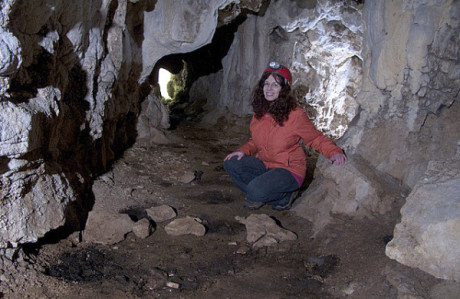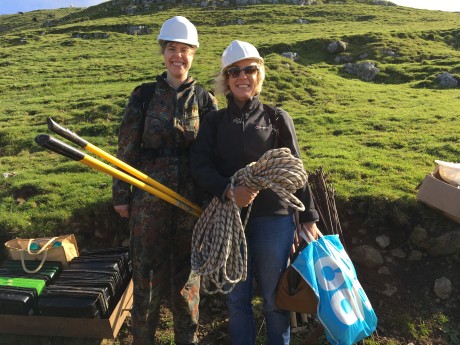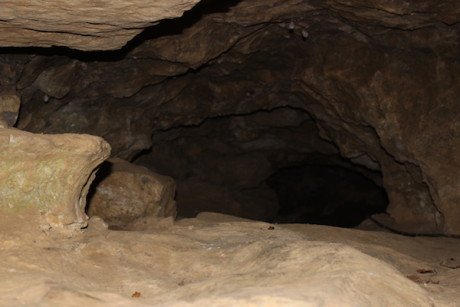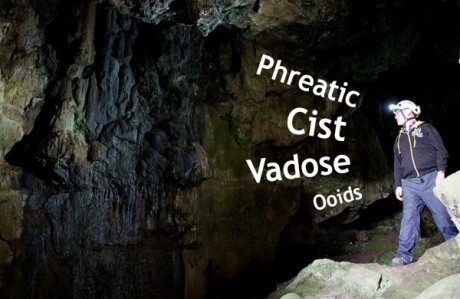
For anyone willing to don a headlamp and a sturdy pair of boots, caves are an underground playground. Enter the darkness and see where it leads you; a booming cavern, a gushing river, some startling geology and every now and then, something left behind by someone (or something) thousands of years ago.
Marion Dowd is an archaeologist who is fascinated by caves, and by the strange things people have left in them over millennia. She’s uncovered everything from Neolithic tools and Bronze Age artefacts, to medieval remains, but now she’s turning her attention to the one thing every cave has in common…
Her most recent book The Archaeology of Darkness (co-edited with Dr Robert Hensey), is a startling overview of something we rarely think about: darkness. Even lifelong cavers can learn new ideas about it, and this gripping foray into those areas hidden from perpetual light had us hooked. We spoke to Marion and asked her about light, dark and the best thing she’s ever found in a cave.
What’s the darkest place you’ve ever dug in and what did you find there?
The deeper parts of Glencurran Cave, Co. Clare in the west of Ireland are absolutely pitch black. We were excavating an area about 55m inside the entrance, and right there we found the remains of a 2-3 year old Bronze Age child, along with more than 50 perforated seashells. That’s also where we found the largest Viking necklace ever found in Ireland or Britain.
What’s the toughest thing about digging without natural light?
Even when you think you can see well, with the aid of artificial lights and helmets with lights, it is just not the same as digging outside in natural light. Lots of small artefacts and bones escape attention. So we have to sieve soil samples outside the cave to make sure we catch them.
Why do you think people sought out darkness?
I think there’s a tranquillity or peace to be found in absolute darkness; it provides a space and environment for contemplation and rest – both mental and physical. It can be very calming and soothing.
What was the most interesting new perspective you gained on humans and their relationship with ‘the dark’ while editing the book?
That people in different parts of the world and at different times had radically different views on darkness. There is no single perception or meaning or emotional response when it comes to darkness. There is a multitude of ways of experiencing and thinking about darkness.
How has our relationship with darkness changed over time?
I think nowadays people (in the Western world at least) often think of darkness as something very negative. We also have much less experience of or interaction with absolute darkness: light and lighting is everywhere. People in the past had a much more developed sense of the various shades of darkness and were more used to being in the dark.
As well as retreating into dark places, we are also constantly seeking to avoid the dark by lighting things up. What about an archaeology of light? Do we have evidence from these dark places of how people might have lit them up?
Yes, in the caves I have excavated we have found remains of torches and possibly small fires. The light from these sources would, of course, have flickered and moved and created a powerful atmosphere very different to the constant unwavering beams of modern lighting.
And finally… Are you afraid of the dark?
Not in caves and the natural world, but sometimes in the human world!
The Archaeology of Darkness is available to buy from Oxbow Books.
More from DigVentures:


